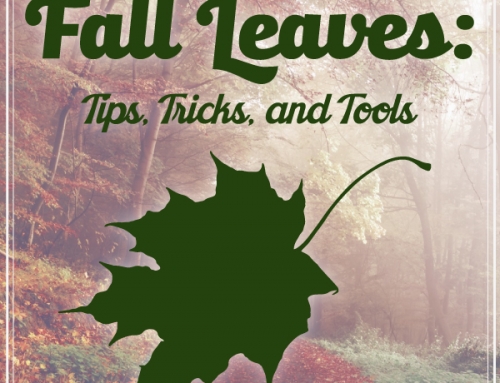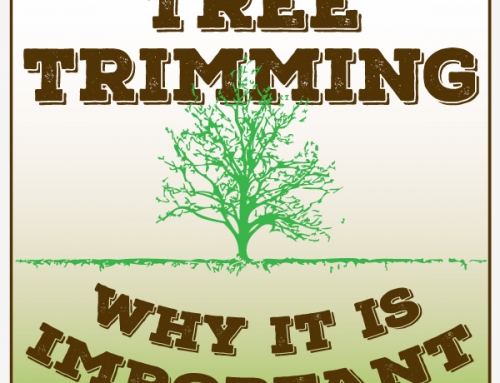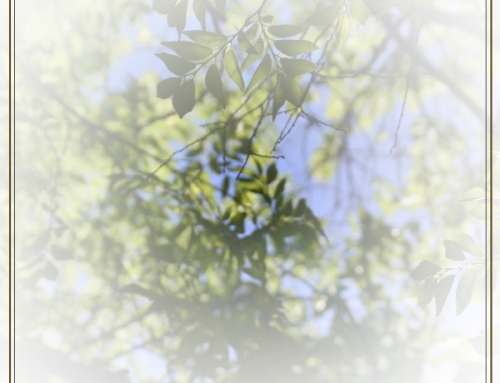Water conservation has come to play a large part in our everyday vocabulary here in Northern California. Lawns are being replaced by beauty bark and river rock, and gardens are being dug up and filled in with drought resistant vegetation. We all want to do our part to assist in the conservation effort, but not everyone has the time, energy, or money to rip out all of their landscaping. You don’t need to tear it all out, instead you can take a look at the top three water consuming plants, get educated on proper care of your current landscaping, and consider maybe replacing one or two water guzzlers in order to lessen the effects of drought.
Identifying the trees and plants in your space can be daunting and difficult if you did not have a hand in the initial planting, but it can be well worth your trouble because understanding the needs of your landscaping can help you get a better idea of what kind of water usage will be required to keep them not only alive, but thriving. Unfortunately, here in California many people believe that if a tree is native to the area it is drought tolerant which is a common misconception. Take the redwood trees for instance; they are obviously native to the area in which we live, but according to arborist Roger Poulson when interviewed for the Sacramento Bee: “People think Redwoods are drought tolerant because they’re California natives, but they grow (naturally) in a foggy, constantly damp environment near the coast where they get lots of moisture.” So, although these trees are native to our area they struggle, like most, in times of drought.
 Now, we’ve touched the Coastal Redwood which is one of the four types of trees that has the most difficulty in this area, but there are three more that top our list as least drought resistant. The second being the Birch tree. There is something magical about the way the White Birch looks and it’s easy to identify by its moderate size, thin delicate branches, and white trunk. Because of their haunting beauty and perfect size Birch trees are a common addition to most landscaped areas, but unfortunately, they are as delicate as their branched when it comes to care. Not only susceptible to drought and infrequent watering, the Birch is also plagued by borers because of their soft bark. Those two things in combination can make it very difficult to grow and maintain these lovely trees during water shortages.
Now, we’ve touched the Coastal Redwood which is one of the four types of trees that has the most difficulty in this area, but there are three more that top our list as least drought resistant. The second being the Birch tree. There is something magical about the way the White Birch looks and it’s easy to identify by its moderate size, thin delicate branches, and white trunk. Because of their haunting beauty and perfect size Birch trees are a common addition to most landscaped areas, but unfortunately, they are as delicate as their branched when it comes to care. Not only susceptible to drought and infrequent watering, the Birch is also plagued by borers because of their soft bark. Those two things in combination can make it very difficult to grow and maintain these lovely trees during water shortages.
Water shortages can cause all kinds of problems for trees in their natural settings, but trees being cultivated in urban areas generally suffer more. The reason behind that is simple. We water our plants and lawns, therefore we water our trees. When we do this we never really allow them to grow long tap roots deep into the ground which is a natural process for most trees to help them cope during drought. For instance, the Red Maple, is a very common species of tree and can be identified by is stunning foliage in the fall. This particular tree is on our list because, although somewhat drought resistant, the cultivation and care of these trees in an urban setting doesn’t allow them to mature in a more natural manner. Once we stop watering consistently and thoroughly Red Maple trees tend to cope poorly with the lack of water and become hazardous to their surroundings. This can present a fire danger from dry dead branches or can cause the tree to collapse completely from lack of an anchoring root system.
 The last type of tree that you want to take the time to identify is the Magnolia. The Magnolia can be grown as a shrub or a tree and if you have one, you probably know it. They are known for their gorgeously large blossoms and sweet smell. Northern California has been considered a particularly great place to grow Magnolias because of the mild weather and usually predictable rainfall, but over the last four years the decreasing availability of water has taken a toll on the somewhat drought resistant plants. Over the course of prolonged droughts Magnolia trees tend to blossom less and struggle to produce as much foliage as they normally would. If left untreated the plant can become dry, brittle, and have a very hard time rebounding from the damage so consistent care is especially important.
The last type of tree that you want to take the time to identify is the Magnolia. The Magnolia can be grown as a shrub or a tree and if you have one, you probably know it. They are known for their gorgeously large blossoms and sweet smell. Northern California has been considered a particularly great place to grow Magnolias because of the mild weather and usually predictable rainfall, but over the last four years the decreasing availability of water has taken a toll on the somewhat drought resistant plants. Over the course of prolonged droughts Magnolia trees tend to blossom less and struggle to produce as much foliage as they normally would. If left untreated the plant can become dry, brittle, and have a very hard time rebounding from the damage so consistent care is especially important.
So, we talked about what kinds of trees you might have in your yard, and some of you just signed a collective sigh knowing you aren’t on the list. However, I know there are a few of you out there who are now scrambling for your chainsaws. Don’t do it! There are other ways to make sure your trees stay healthy and survive. You don’t need to jump feet first into the desert landscape just yet. Believe us here at Tree Wise, it’s the last thing we want to see you do. Instead try a few of the tips below.
As you know, your trees are plants and they need water the same way all other plants do, or I wouldn’t be here writing this. Because of their size and general hardy demeanor most people don’t really consider the type of watering they perform, but they should. See, in order to get the most out of the little water we do have, there are specific ways to go about watering that can save you money and the time it would take to replace your trees.
Water long and slow. What does that mean anyways? It means to let your hose slowly trickle for a good while so the water has time to really sink deep into the ground. This not only saves the water from being grabbed up by the grass and other plants, but it also encourages the tree to reach farther into the ground and anchor itself. The slow trickle also helps avoid water running off into the drains and down sidewalks.
Another key tip is to look at your branches. See how far they spread out? Don’t water at the base of your tree, instead water right under the farthest branches. The branches spread out as far as the root system so by watering farther out from the tree’s trunk you are making sure all of the newest roots get their fill along with the tap roots.
As for the water itself, have you heard of grey water? If you want to make sure you are giving your plants all they need, but don’t want to risk getting fined by the water company for wasting, you can use recycled water. Gray water is the process of recycling tub water, sink water, really any water that doesn’t have any harsh chemicals or lots of food waste (food waste can create bacteria that can make your plants sick). Some people even go as far as to run a hose from their clothes washer, through a filter, and into a greywater collection tanks. Yes, it is a little elbow grease at first, but worth it in the end when you have happy healthy plants.
So, maybe you’ve decided grey water collection isn’t for you and you still want to save some money on your landscaping. According to a study done at the University of Minnesota: “Trees in urban and suburban environments are often under high stress conditions due to low moisture availability, soil compaction, physical damage, nearby construction, and competition from turf and nearby trees and shrubs.” Making sure your trees are properly fertilized will help the plant maximize their ability to collect and process water efficiently, as well as fight off infection.
“The nutrients required by all plants, including trees, can be divided into two groups: macro-nutrients and micro-nutrients, based upon the quantity necessary for growth. Macronutrients are required by plants in larger quantities than micronutrients.” The U of M study reveals. There are many different fertilizers available that can help you be consistent with your tree’s macro and micro nutrient needs. Looking for a slow release fertilizer can help maintain consistency of nutrients even when water is inconsistent. You should also be aware of the difference between organic and inorganic fertilizers that are available for your trees. Inorganic fertilizers break down faster and are available for the tree to absorb rapidly, where organic fertilizers are naturally slower to breakdown and create a “slow release” effect within the soil without added chemicals. Keep in mind you can also combine the two types of fertilizer to give your trees and shrubs an initial boost followed by a sustained nutrient flow.
By providing the key supplements to your trees during this difficult time, using watering techniques to maximize the absorption rate, and by educating yourself on the types of plants and trees your home is decorated with you can control the health and ecology of your landscaping with very few changes. The drought has taken a toll on many lawns this past summer and will continue to do so for the foreseeable future, but armed with this information your trees, bushes, and perennials should be in safe hands from now on.
If you found this information helpful don’t hesitate to contact us for more and subscribe to this blog to stay in the loop.
- Gilman, Rosen, Swanson. Tree fertilization: A guide for fertilizing new and established trees in the landscape. [Published Guide](September 21, 2015) retrieved from: http://www.extension.umn.edu/garden/yard-garden/trees-shrubs/tree-fertilization-guide/
- Arrington, Debbie. Saving trees in times of drought. [newspaper article] (February 22, 2014) retrieved from: http://www.sacbee.com/entertainment/living/home-garden/article2591673.html#storylink=cpy


















Leave A Comment
You must be logged in to post a comment.